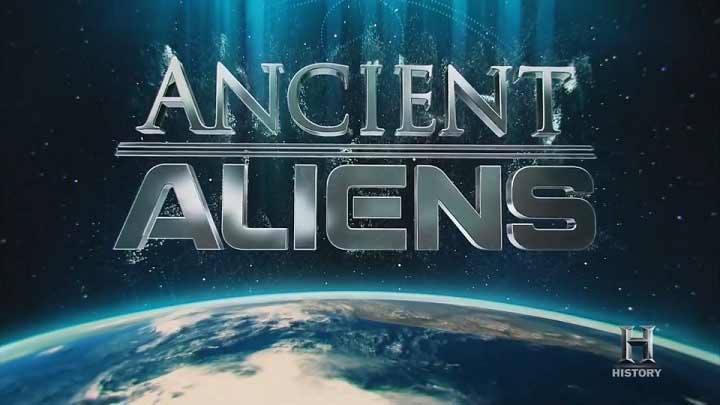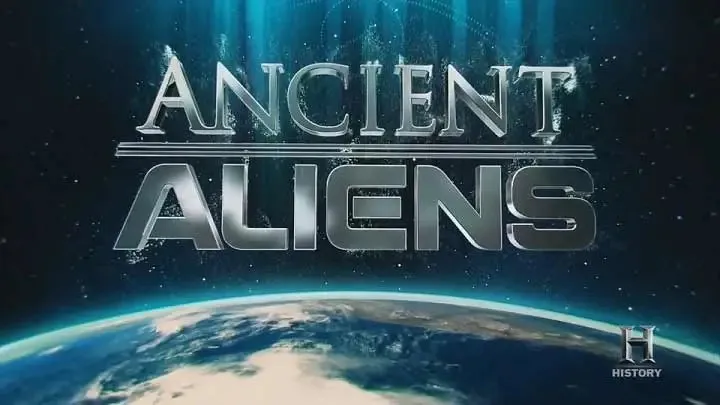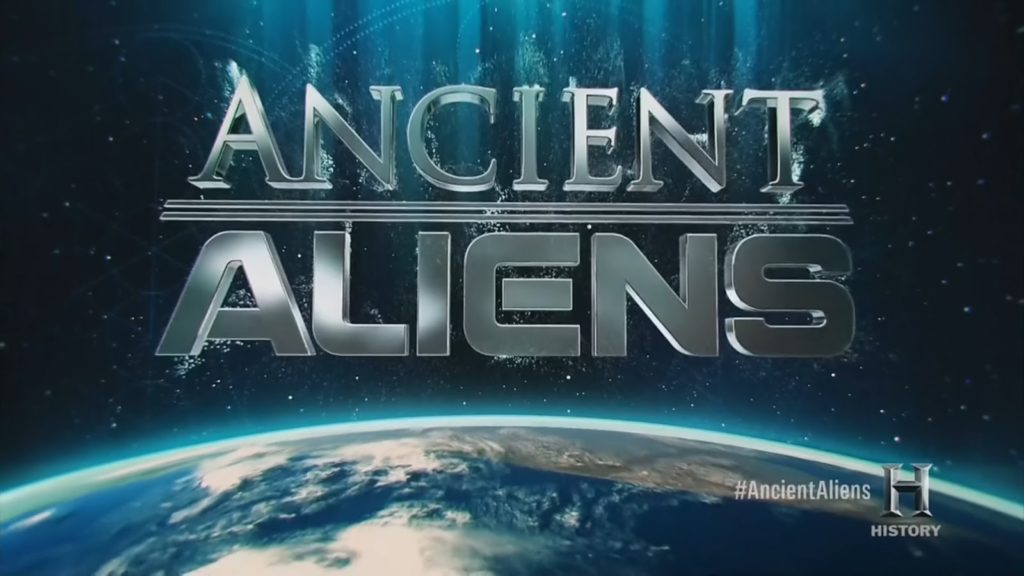Ancient Aliens – The Mystery of Mount Shasta: Examining the unique geology and location of Mount Shasta in northern California, to determine why it is known as a hotbed of strange events, from Big Foot sightings to UFO encounters to hikers vanishing without a trace.
Ancient Aliens is an American television series that premiered on April 20, 2010, on the History channel. Produced by Prometheus Entertainment in a documentary style, the program presents hypotheses of ancient astronauts and proposes that historical texts, archaeology, and legends contain evidence of past human-extraterrestrial contact. The show has been widely criticized by historians, cosmologists, archaeologists and other scientific circles for presenting and promoting pseudoscience, pseudohistory and pseudoarcheology.
Ancient Aliens explores the controversial theory that extraterrestrials have visited Earth for millions of years. From the age of the dinosaurs to ancient Egypt, from early cave drawings to continued mass sightings in the US, each episode in this hit HISTORY series gives historic depth to the questions, speculations, provocative controversies, first-hand accounts and grounded theories surrounding this age old debate. Did intelligent beings from outer space visit Earth thousands of years ago?
Ancient Aliens – The Mystery of Mount Shasta
Mount Shasta (Karuk: Úytaahkoo or “White Mountain”) is a potentially active volcano at the southern end of the Cascade Range in Siskiyou County, California. At an elevation of 14,179 feet (4321.8 meters), it is the second-highest peak in the Cascades and the fifth-highest in the state. Mount Shasta has an estimated volume of 85 cubic miles (350 cubic kilometers), which makes it the most voluminous stratovolcano in the Cascade Volcanic Arc. The mountain and surrounding area are part of the Shasta–Trinity National Forest.
The oldest-known human settlement in the area dates to about 7,000 years ago. At the time of Euro-American contact in the 1820s, the Native American tribes who lived within view of Mount Shasta included the Shasta, Okwanuchu, Modoc, Achomawi, Atsugewi, Karuk, Klamath, Wintu, and Yana tribes.
A historic eruption of Mount Shasta in 1786 may have been observed by Lapérouse, but this is disputed. Smithsonian Institution’s Global Volcanism Program says that the 1786 eruption is discredited, and that the last known eruption of Mount Shasta was around 1250 AD, proved by uncorrected radiocarbon dating.
Although perhaps first seen by Spanish explorers, the first reliably reported land sighting of Mount Shasta by a European or American was by Peter Skene Ogden (a leader of a Hudson’s Bay Company trapping brigade) in 1826. In 1827, the name “Sasty” or “Sastise” was given to nearby Mount McLoughlin by Ogden. An 1839 map by David Burr lists the mountain as Rogers Peak. This name was apparently dropped, and the name Shasta was transferred to present-day Mount Shasta in 1841, partly as a result of work by the United States Exploring Expedition.




